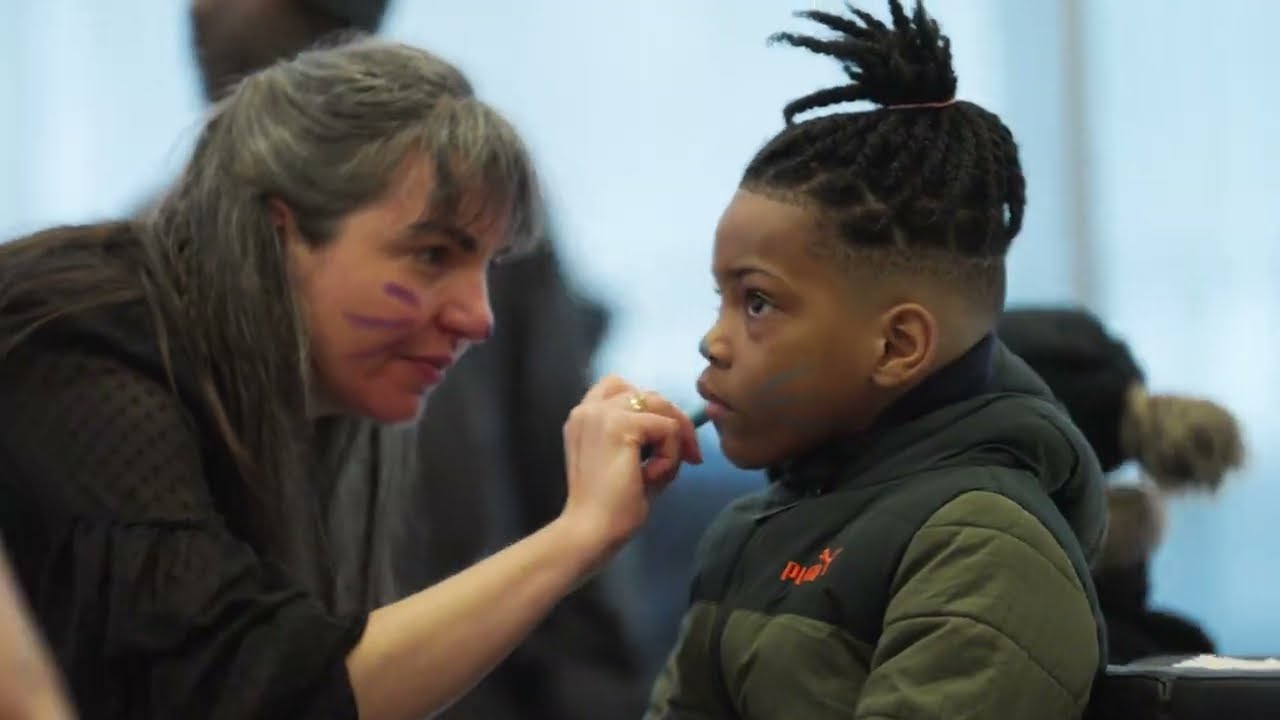Copied to clipboard
How are your donations used?
All funds raised in for the Bal des enfants are destined to support the OSM’s missions of education and accessibility. They enable the OSM to continue to develop its future audiences by offering an early introduction to classical music, to implement inclusive projects in the community, especially with those who stand to benefit the most, to support younger generations of local musicians and to offer accessible summer programmation.

Reservation or information
Frédérique Bergeron
Coordinator, Philanthropic events
Monday to Friday: 9 a.m. to 5 p.m.